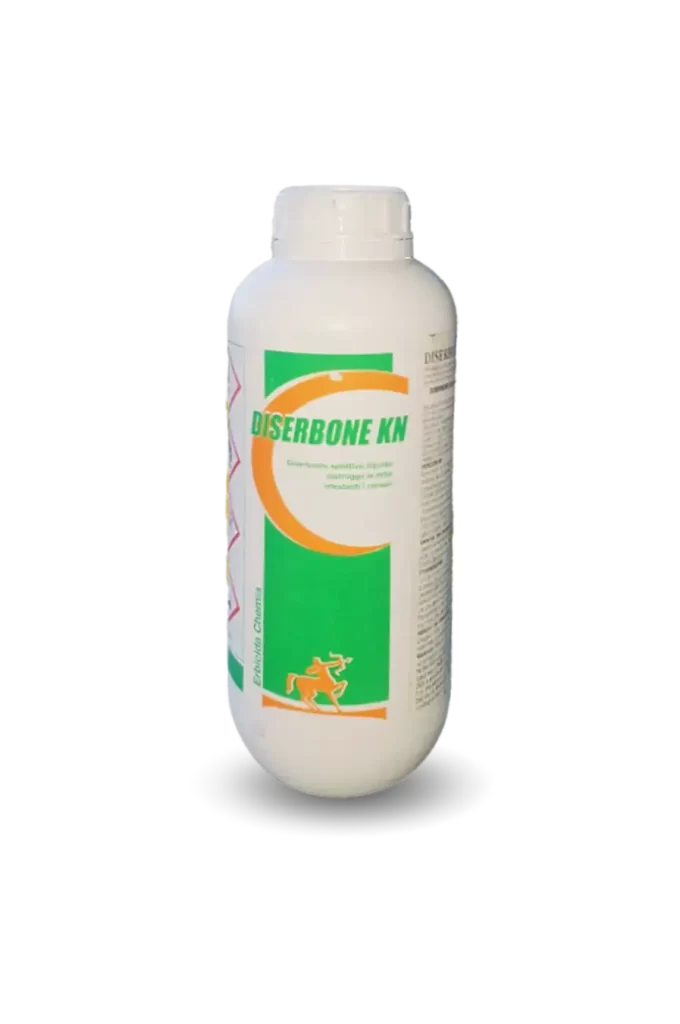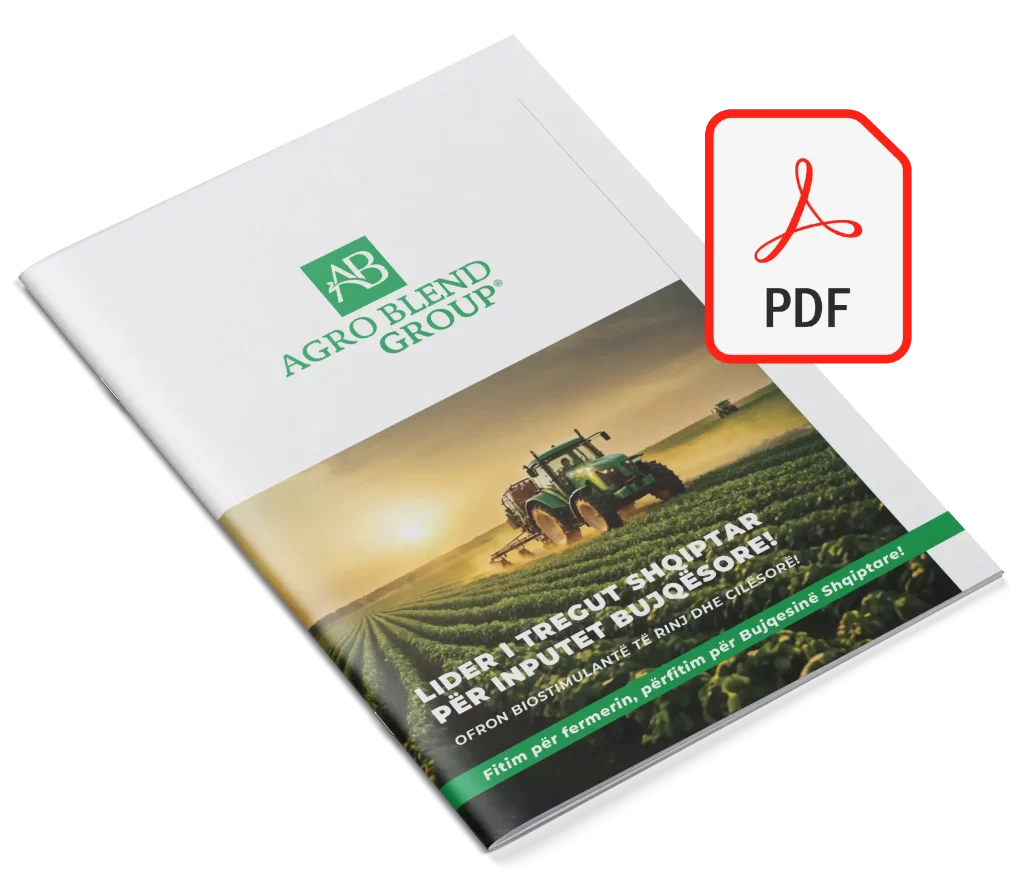
Type: Selective liquid herbicide
Formulation: Concentrated emulsion (EC)
DISERBONE KN is an herbicide used on corn and other crops for controlling weeds.
Please consult the technical service for advice on specific crops and conditions.
Risk declarations:
• H302: Harmful if swallowed.
• H314: Causes severe skin burns and eye damage.
• H317: May cause an allergic skin reaction.
• H318: Causes serious eye damage.
• H335: May cause respiratory irritation.
Medical information:
• The following active substances are combined: 2,4-D 28.80%; MCPA 28.80%,
• Both individually cause the following symptoms of intoxication: Irritant to the skin and mucous membranes, leading to oral-pharyngeal and esophageal mucosal ulceration; eye irritant, miosis: nausea, vomiting, headache, hyperthermia, sweating, abdominal pain, diarrhea.
• CNS damage: dizziness, ataxia, hyporeflexia, neuritis and peripheral neuropathy, paresthesia, paralysis, tremors, convulsions. Hypotension, tachycardia, and vasodilation, changes in ECG. Muscles: tenderness, stiffness, fasciculation: muscle spasms generally precede death. Results in peripheral vascular collapse.
• TREATMENT: Symptomatic. Hospitalization.
• CONSULT POISON CONTROL CENTER.
Precaution for use:
The product should not be mixed with insecticides, fungicides, or fertilizers. Do not apply when it is windy.
Caution:
When mixing with other formulations, the longer waiting period should be observed. The preliminary regulations set for the product regarding toxicity must be followed. It is necessary to work in a way that the solution does not fall on the vegetative top of the treated plants.
Phytotoxicity:
The product is phytotoxic to trees, fruit-bearing plants, vineyards, and vegetables. Avoid contamination of these crops, even by vapors carried by the wind. Clover and alfalfa can be sown at least 15 days after treatment, once the soil has dried. Equipment and pumps used for herbicides should not be used for other pesticide treatments unless they have been thoroughly washed with water.
Caution:
For agricultural use only; any other use is hazardous. Anyone using the product is responsible for any damage resulting from improper use of the preparation. Compliance with the above instructions is essential to ensure the effectiveness of treatments and to avoid harm to people and animals.
Impact on the ecosystem:
Not harmful to bees. H410: Very toxic to aquatic life with long-lasting effects. Do not rinse the solution for application near water bodies; avoid contamination through water drainage systems, agricultural farms, and roads.
Withholding period:
Stop treatments 70 days before harvest.
Storage:
Store in dry, ventilated, dark places, in the original packaging, at temperatures between 0°C and 35°C.
Usage:
The combination of 2,4-D and MCPA gives the product a broad spectrum of action beyond formulations containing the active ingredients separately. The product is effective for controlling weeds such as mustard, bindweed, Centaurea cyanus, species of the Compositae family, Ranunculus spp., poppies, and generally broadleaf plants. The product is used at a dose of 0.4-0.7 liters/ha, with a minimum temperature of 12°C. DISERBONE KN is mixed directly with water for spraying.
Application dose:
Wheat, barley, oats, rye: 0.4-1.2 liters/ha, in 400-600 liters of water. Apply after tillering (6-7 leaves) and before the booting stage.
The lower dose should be used for younger plants and at temperatures above 15-18°C.
– Maximum number of applications: 1.
Corn: 0.4 liters/ha, in 400-600 liters of water. Apply when the corn reaches a height of 20-30 cm, between the 2nd and 4th leaf stages.
– Maximum number of applications: 1.
• P261: Avoid inhaling dust/fume/gas/mist/vapors/sprays.
• P264: Wash hands thoroughly after handling.
• P270: Do not eat, drink, or smoke when using this product.
• P272: Contaminated work clothing should not be allowed outside the workplace.
• P273: Avoid release to the environment.
• P314: Get medical advice/attention if you feel unwell.
• P391: Collect spills.
• P501: Dispose of the product/container in accordance with local/national regulations.
Additional hazard information:
EUH401: To avoid risks to human health and the environment, follow the instructions for use.
| Content (per 100 grams of product): | |
|---|---|
| 2,4-D pure | 28.8 g (346 g/liter) (from dimethylamine salt) |
| + MCPA pure | 28.8 g (346 g/liter) (from dimethylamine salt) |
The product should not be mixed with insecticides, fungicides, or fertilizers.
When mixing with other formulations, the longer waiting period should be observed. The preliminary regulations set for the product regarding toxicity must be followed. It is necessary to work in a way that the solution does not fall on the vegetative top of the treated plants.
Please consult the technical service for additional advice on compatibility.

For a list of all the products & information on their usage.